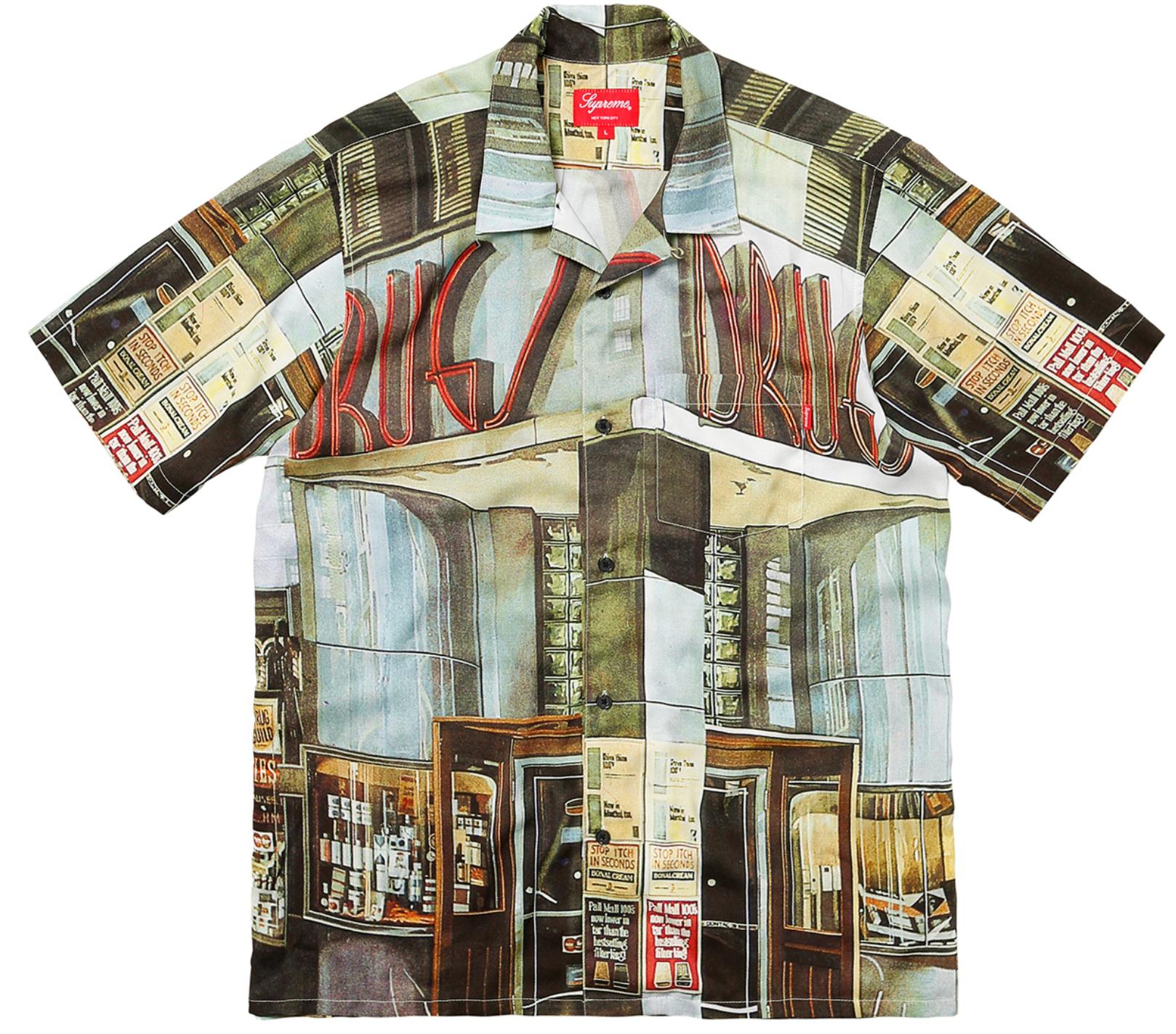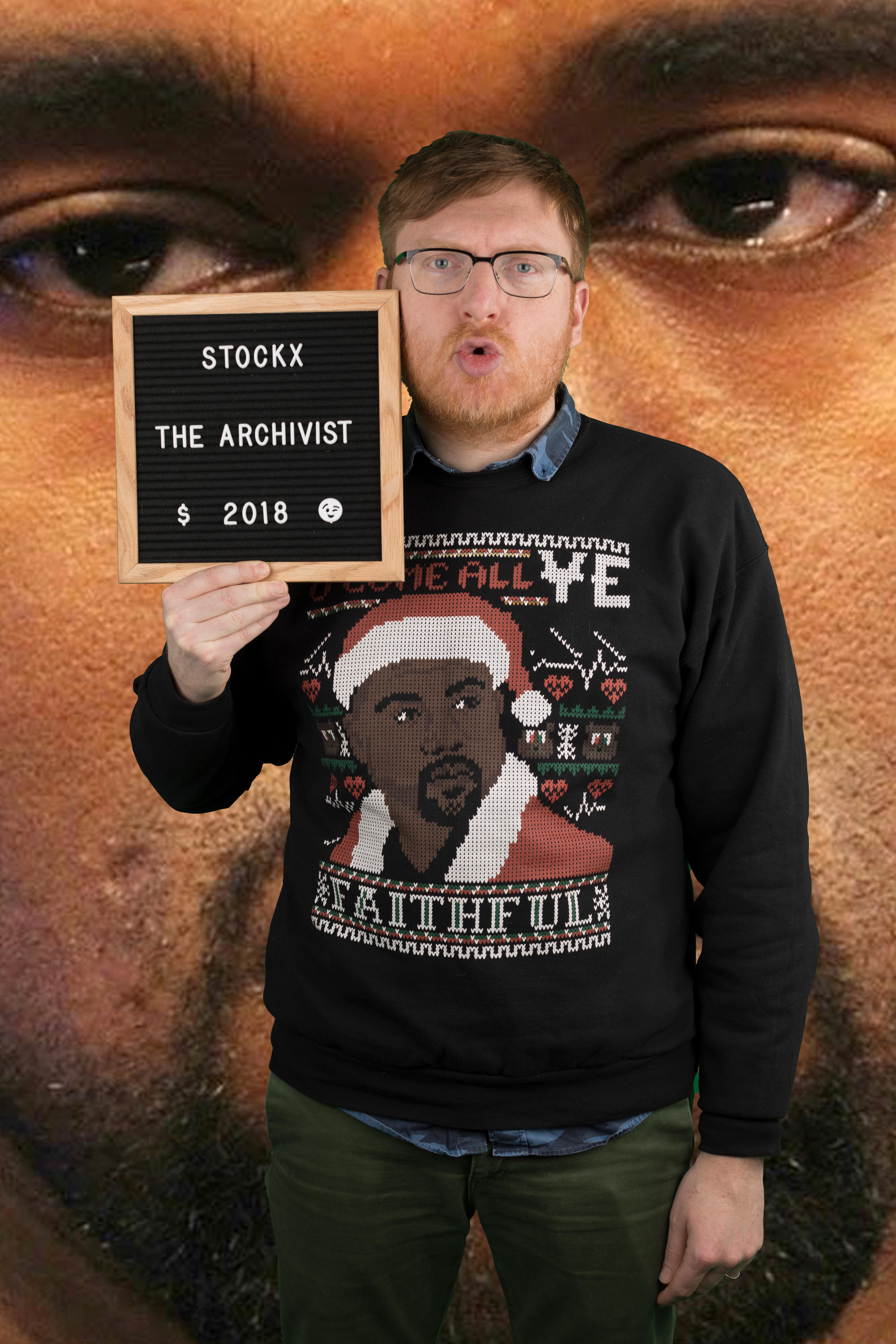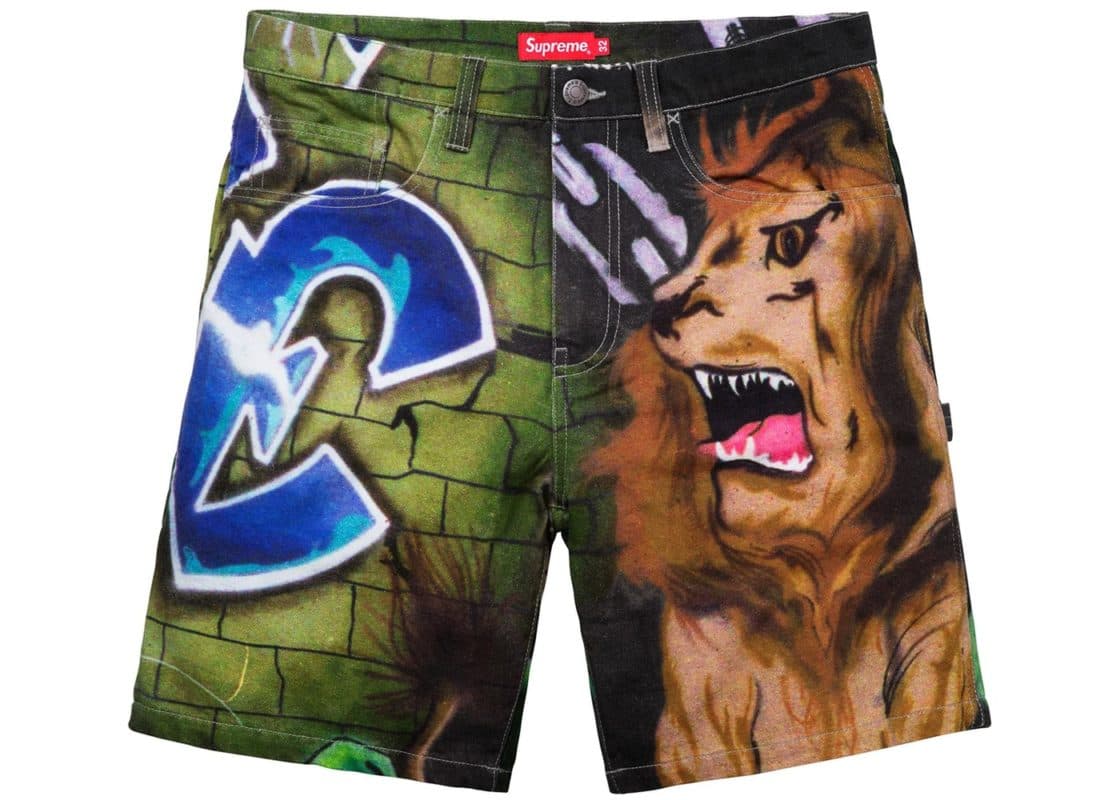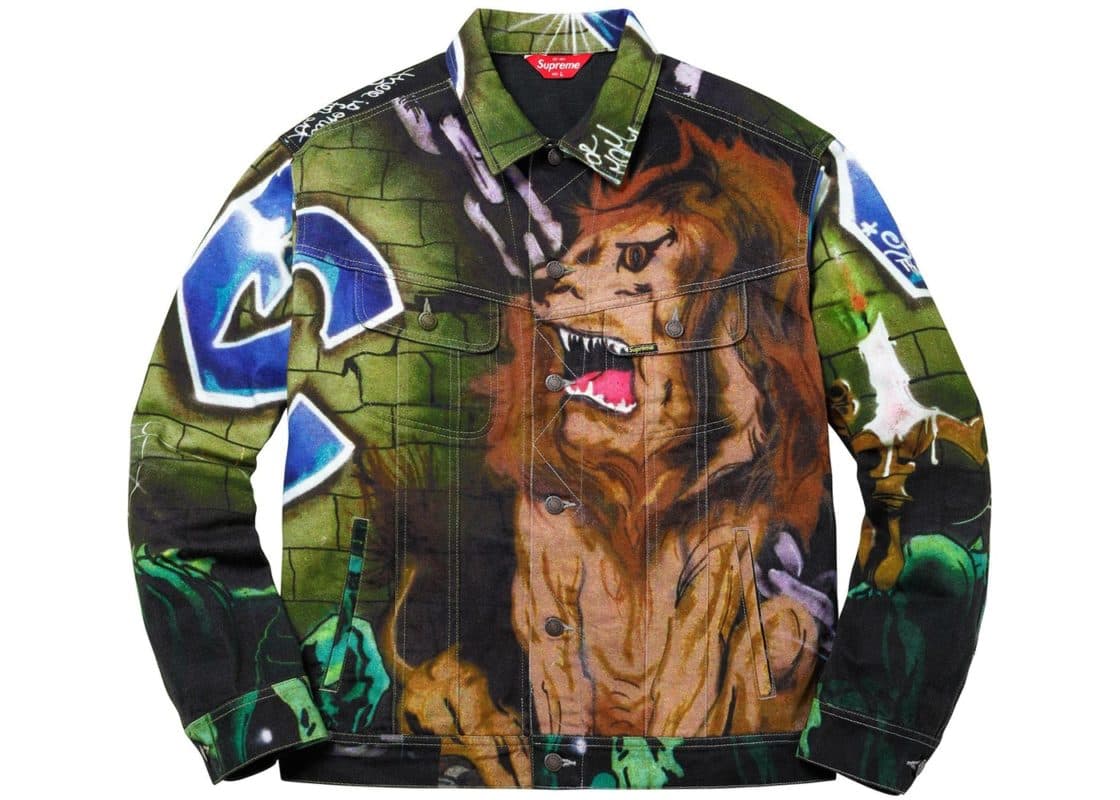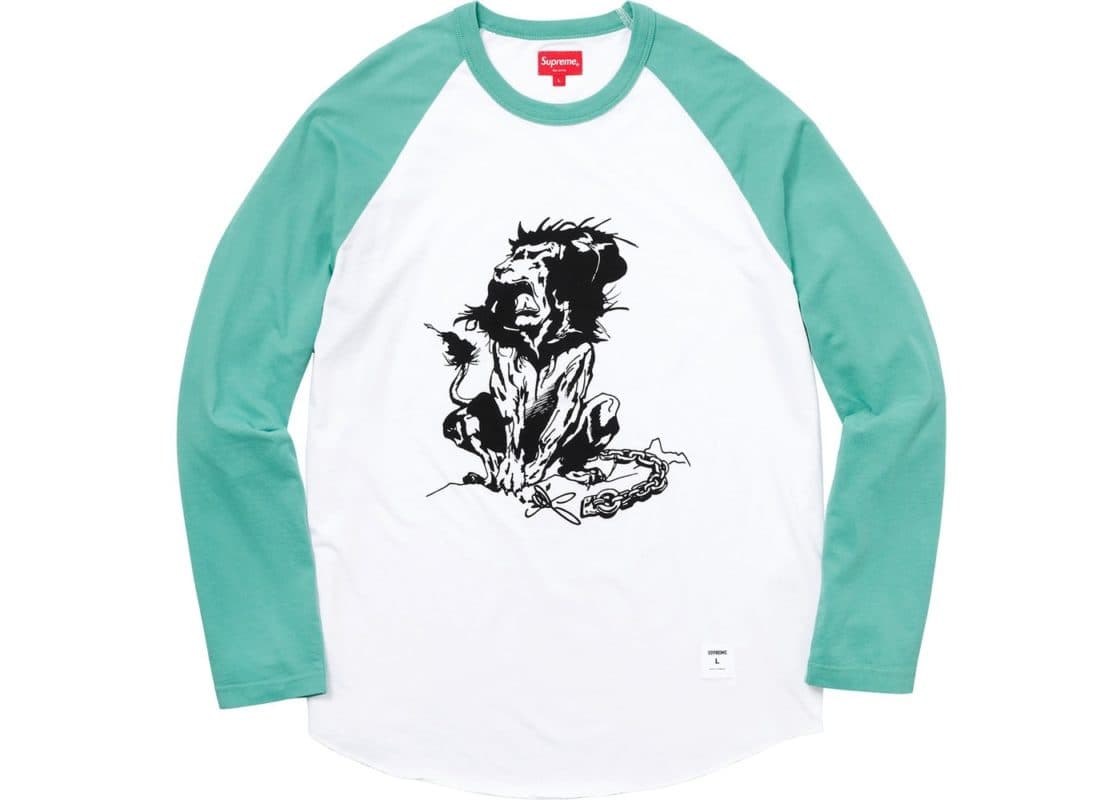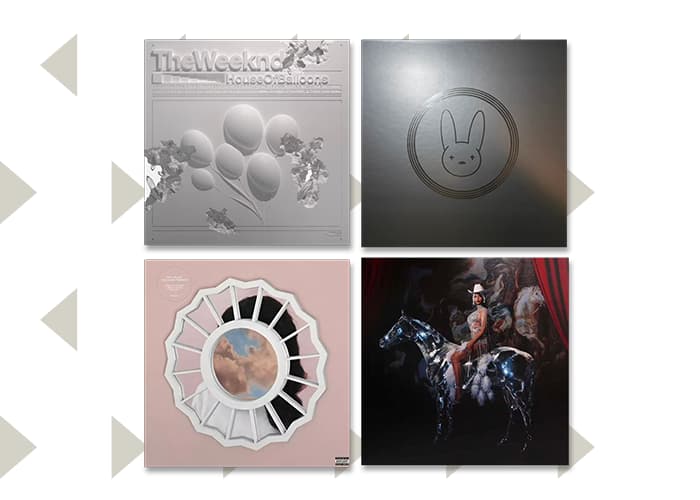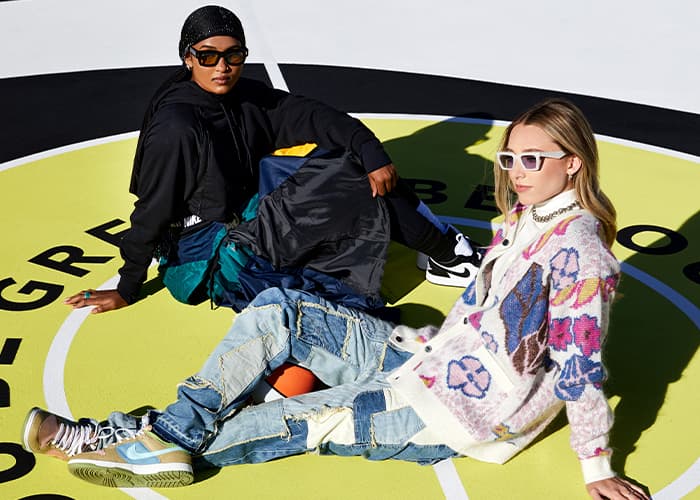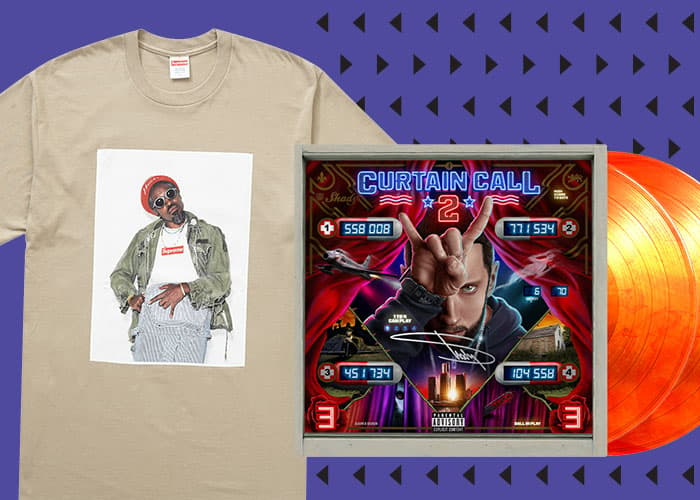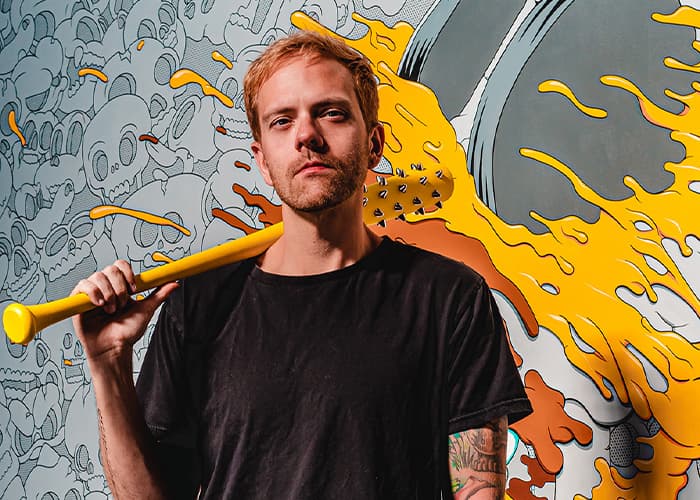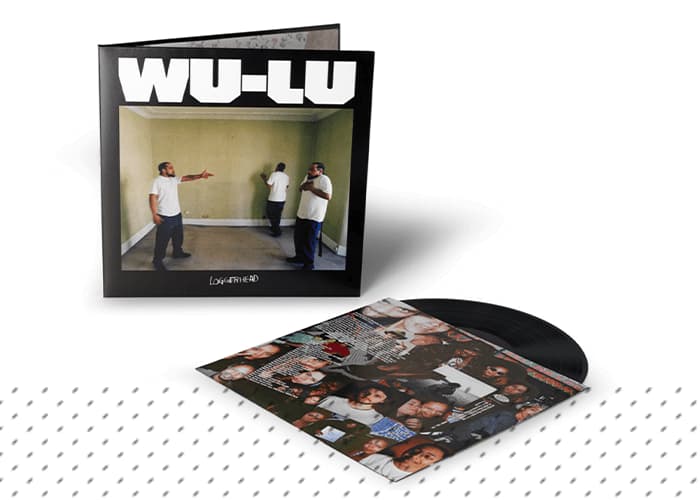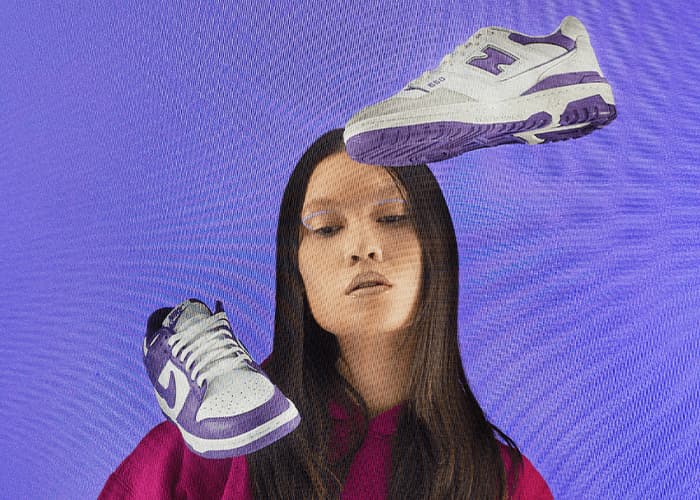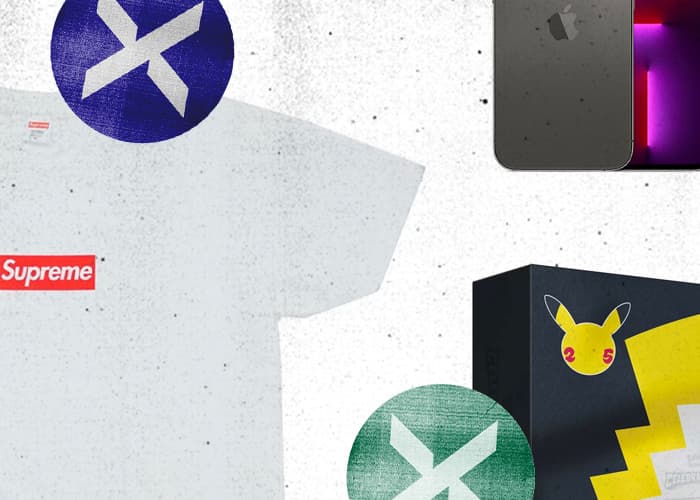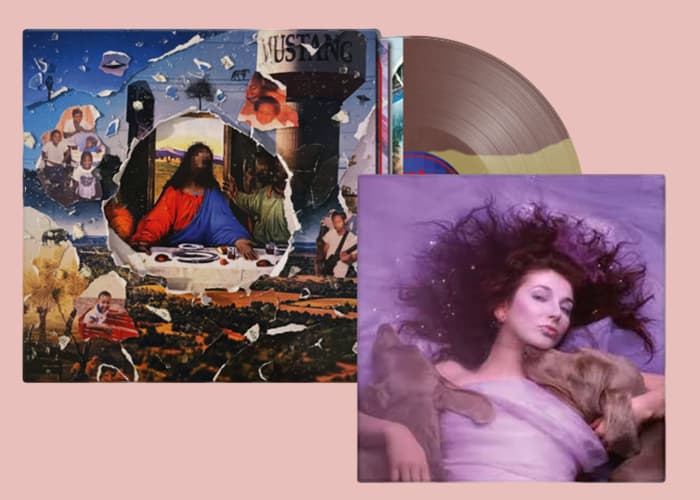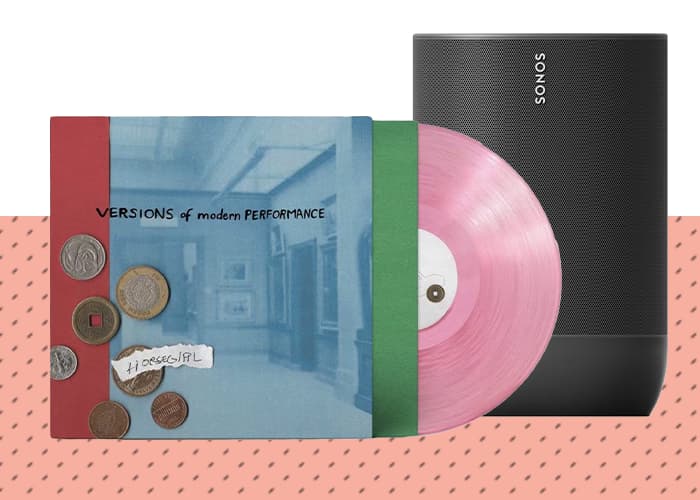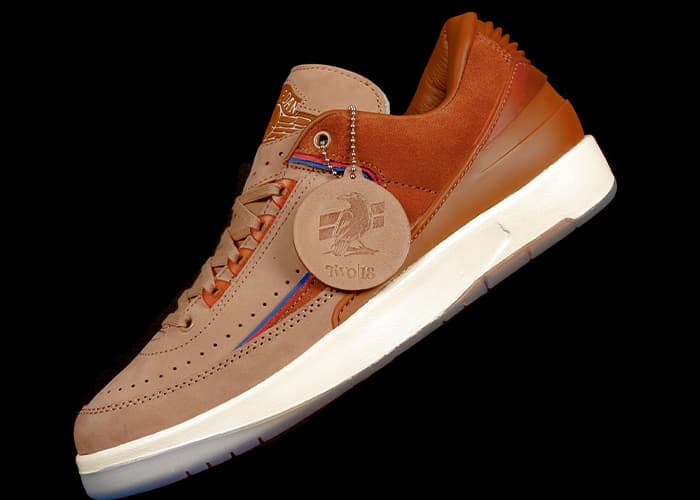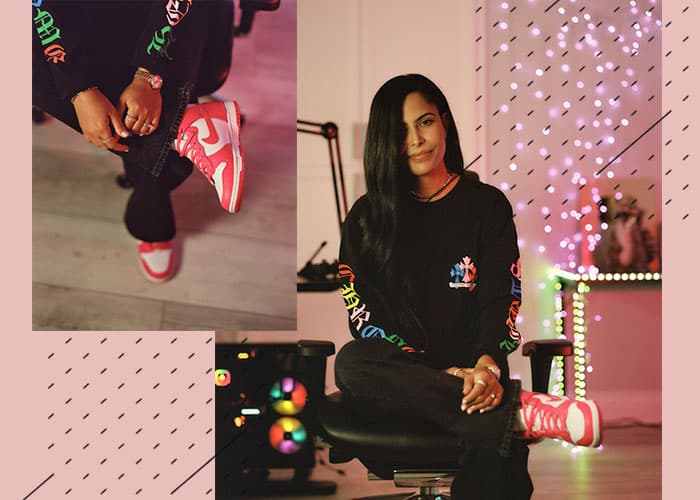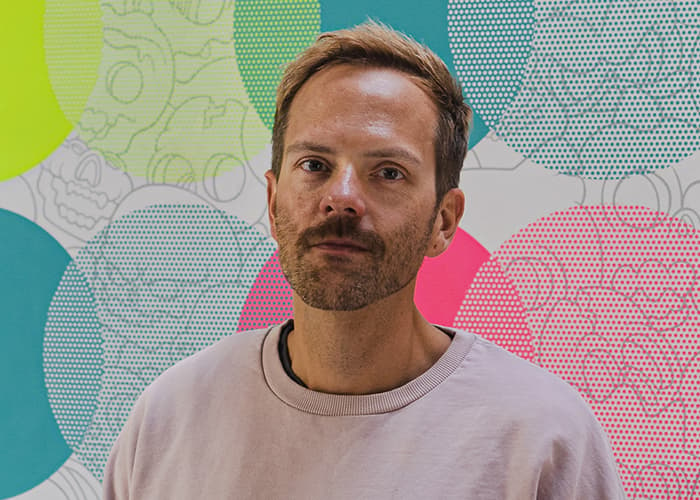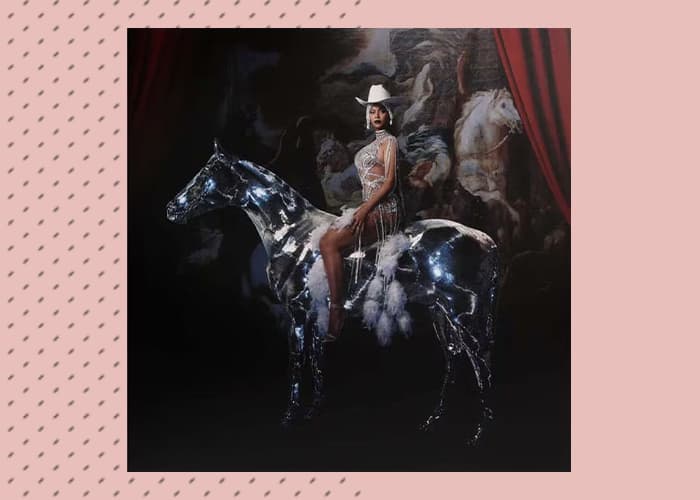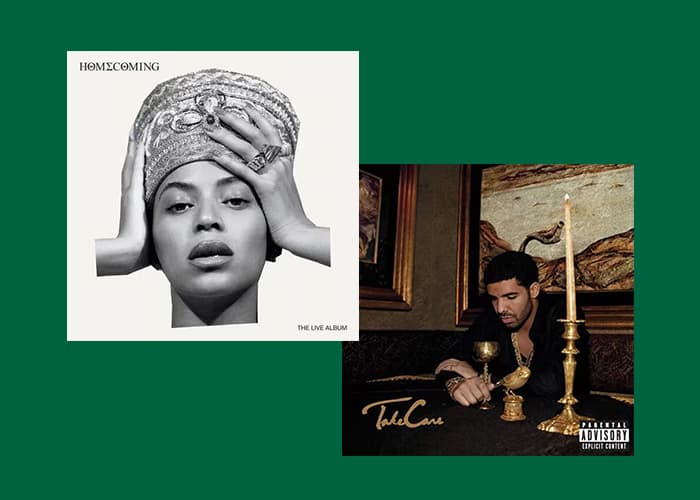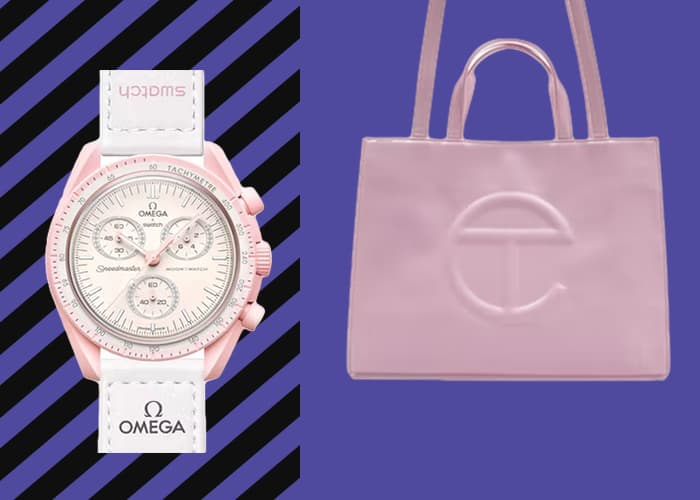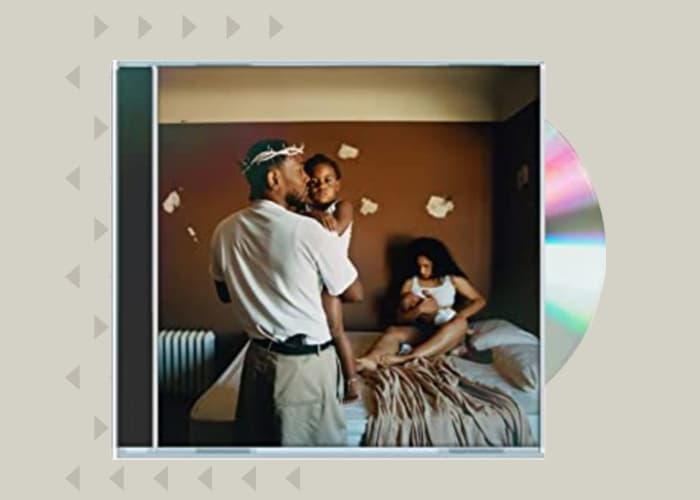Supreme’s SS18 line includes the works of seven artists: George Braque, Paul Cezanne, Erte, Richard Estes, Nan Goldin, Lee Quinones, and Leonardo Da Vinci. What at first seems like an act of obscurantism from Supreme’s assemblage of artists, is, in fact, a masterful comment on the purpose and practice of streetwear: making and unmaking history and memory.
The choice of artists featured in Supreme’s SS18 collection provides a masterclass in exploring this theme.
George Braque
Each of these artists worked within and against the artistic aesthetics of their historical moment. Each of these artists looked at conventions of history and memory and decided to do something different.
Erte
From the beginning, Supreme has repurposed works of art in subversive ways, highlighting the tensions between history, memory, and identity. From appropriating Barbara Kruger’s propaganda art to fracturing Mona Lisa’s inscrutable smile, works of art and artists from the mainstream to the margins have been featured on Supreme clothing.

Barbara Kruger, “Untitled (I shop therefore I am)” (1983) // artnet.com
This is what surprises us about Supreme; This is what we admire about Supreme. Still.
History of Streetwear
In a 2017 interview, streetwear and sneaker icon Jeff Staple said of streetwear’s roots: “I like to call it independently created stuff. It wasn’t streetwear yet. It was just people hustling, doing their own thing without any business or financial gain. Just expression.”
Streetwear, according to Staple, was developed by people creating outside the marketplace, in pursuit of personal expression unencumbered by economic constraints or history. But as Marx made plain, “history is nothing but the actions of men in pursuit of their own ends.” Or as Staple put it, “just people hustling.” So, of course, you can’t escape history, but you can try and make the official record square with your personal memory.
Modern streetwear developed out of the 1970s’ urban youth subcultures, primarily hip-hop and skateboarding, that put a premium on the intersection of popular culture and personal expression. From the Mighty Zulu Nation, the Funky 4 + 1, and the Cold Crush Brothers, to skateboarding collectives and teams such as Z-Boys, Alva Posse, and the Bones Brigade, the art, culture, and style that developed out of the flux of these subcultures helped create streetwear.
Of all the artists in Supreme’s SS18 line, Richard Estes, Nan Goldin, and Lee Quinones’s work most fully engage with streetwear’s exploration of the link between history, memory, and identity.
All three artists share the impulse to unmake and remake the world around them.
One Subway Train at a Time
For Lee Quinones, the act of creating art has always been a search to create “without a reference to art history,” Lee says on his website, ” because this [graffiti art] was art history in the making.” Lee views his art as generative of a brand new form of urban expression coming from historically marginalized communities.
Lee Quinones came of age during the 1970s, becoming one of the most influential artists to emerge from New York’s explosion of hip-hop culture and graffiti art. Beginning in 1974 when he painted his first subway piece, he was creating, train by train, a new kind of art.

Lee Quinones, “Stop the Bomb” (1979) // Henry Chalfant
In the 1980s, Lee transitioned from the trainyards to the galleries, helping to push graffiti and hip-hop further into the mainstream. Without the pioneering work of Lee and other graffiti writers of his era, street art, hip-hop culture, and streetwear would not exist.
So it makes sense that Supreme featured Lee’s work for SS18. Supreme turned Lee’s iconic 1980 mural painted at NYC’s Corlears Junior High School, “The Lion’s Den,” into a trucker jacket, shirts, and shorts.
Lee’s original mural alluded to the biblical story of Daniel in the lion’s den, with its message of faith and perseverance in opposition to overwhelming political power. Supreme repackaged Lee’s art and message to make a similarly bold statement in 2018, linking history and memory for a contemporary political identity expressed through streetwear.

Lee Quinones, “The Lion’s Den” (1980) // Martha Cooper
Connecting the political and personal in graffiti art, Lee says in a 2014 interview, “At the time people said ‘it was wrong for you do it.’ Well, it was wrong for society to forget about a lot of young people. The Bronx was burning; the president had said the city should drop dead. Out of necessity, we created an art form.”
From the Margins to the Mainstream
Similar to Lee Quinones, Nan Goldin uses her art to celebrate overlooked and ignored communities. For Nan, photography is a radical act. It is the ultimate technological intervention in history and memory in the service of unmaking and making community.

Nan Goldin, “Misty and Jimmy Paulette in a taxi, NYC” (1991) // Tate Modern
In a 1996 article, Nan Goldin discussed the urge people have for taking snapshots, “people take them out of love, and they take them to remember–people, places, and times. They’re about creating a history by recording history. And that’s exactly what my work is about.” Much of Nan’s work has been in the service of recording and memorializing the 1970s’ and 1980s’ New York LGBTQ community.
Based on Nan’s work and Supreme’s history, the collaboration makes perfect sense. In fact, this is a partnership that has been a long time in the making with several stops-and-starts on the way to the SS18 drop. The three photos used by Supreme on t-shirts, hoodies, and skate decks capture Goldin’s work with drag queens, transsexuals, and her own explorations of BDSM.
As she told Vogue, she’s “looking forward to seeing teenagers skating on my images and wearing them,” in hopes of sneaking some subversive feminism into millenial culture. Of course, she also admits she “can’t wait to wear the hoodie.”
Painting Real Pictures
Of the three major artist collaborations in Supreme’s SS18 line, Richard Estes’s inclusion is the hardest to understand. Whereas Lee Quinones’s and Nan Goldin’s works are grist for streetwear fashions, Estes’s placid, seemingly staid paintings seem out of place in Supreme’s world.
Richard Estes has been painting vivid, realistic urban scenes since the 1960s. Widely considered the leading photorealist artist, Estes made his reputation with stunning works capturing the beauty of everyday life in New York.
Supreme’s use of Estes’s paintings “Drugs” and “Supreme Hardware” connects Estes’s depiction of New York with Supreme’s packaging of nostalgia. In both of Estes’s paintings, we see two New York streetscapes featuring a drug store and hardware store, respectively. Both paintings were completed in the early 1970s, yet they both evoke a sense of timelessness that is perfect for streetwear’s bricolage approach in fashioning style from history and memory.

Richard Estes, “Supreme Hardware” (1974) // artnet.com
Both of Estes’s paintings are completely depopulated, presenting the streetscape outside human experience. Although some of the details in the paintings provide historical context, they retain a timeless, almost pastoral quality ripe for any kind of nostalgic projections.

Richard Estes, “Drugs” (1970) // Art Institute of Chicago
Supreme plays with the timelessness and nostalgia of Estes’s painting, doubling down on contemporary nostalgia for “Dirty Old New York” and the fantasy of Estes’s urban pastoralism. All of Supreme’s Estes’s gear is designed to wrap Supreme’s authenticity in a broader patina of cultural, historical, and urban authenticity.
There is a wonderful irony here: streetwear is only authentic when playing with the signs and symbols of our inauthentic past.
In an exclusive StockX interview, Richard Estes claimed that he makes his art with “zero theory.” According to Estes, the only unifying thread in his art is “the visual thing,” meaning everything in his work has to make sense from a design or compositional point of view. Even though he is rigorous in painting from his photographs, he will move or remove aspects of the landscape for the sake of the painting’s composition. This is the artist as postmodern urban planner, remaking the city unmoored from history or memory.
It’s no wonder Estes likes Supreme’s “Drugs” shirt best, saying he prefers “the corner drug store [shirt] to the Supreme Hardware because it worked from a design perspective.”
Taken Together the three main artists represent Supreme SS18’s themes of making and unmaking history and memory. As the work of Lee Quinones, Nan Goldin, and Richard Estes has demonstrated, you can never escape history or memory. Instead, you can work towards moments of grace in the hopes of showing a truth that cannot be unseen. These moments are art, no matter where they come from, or who makes them.


